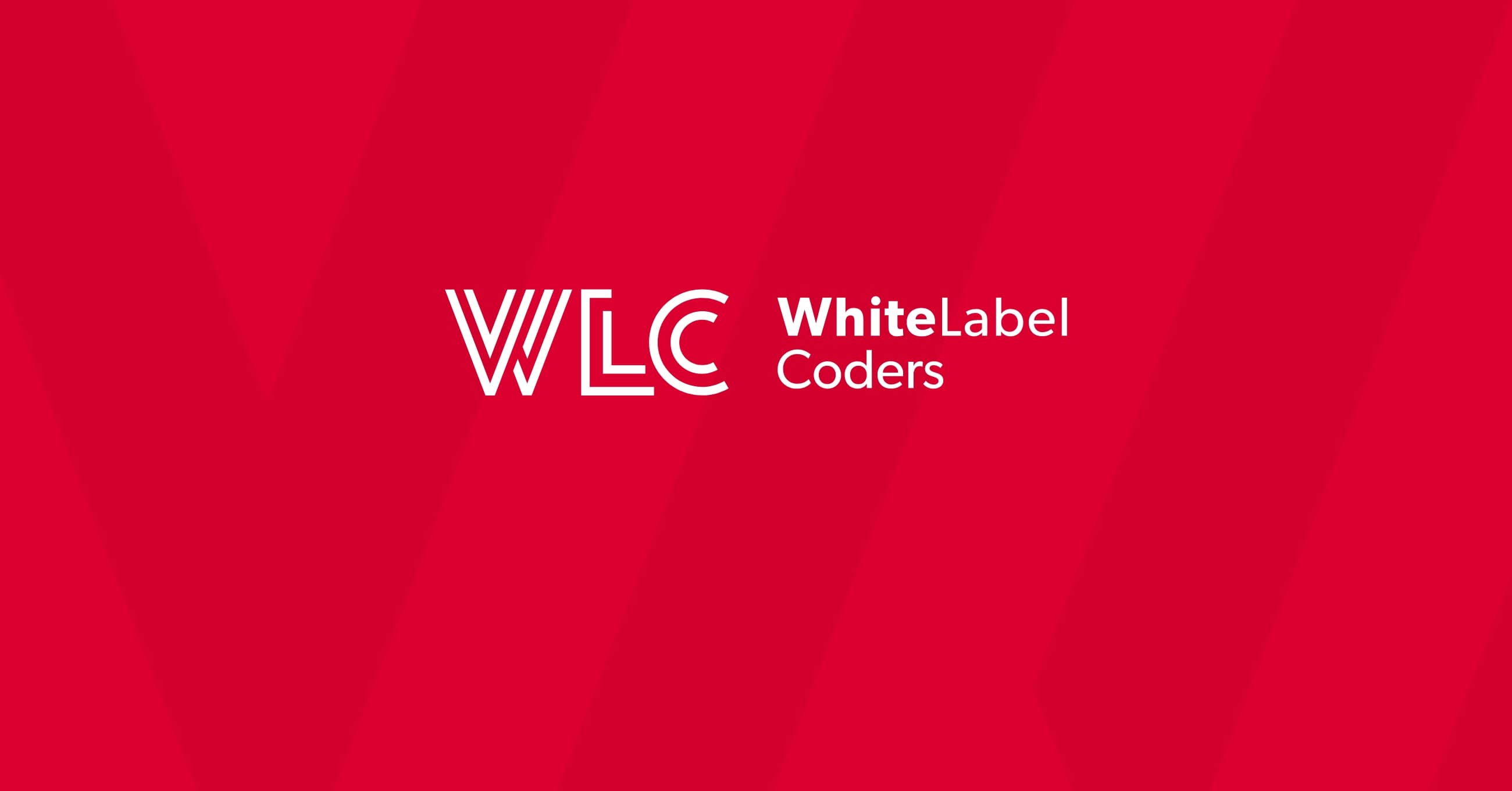Category: SEO AI
Is Elementor a theme or page builder?

Elementor is a page builder plugin, not a theme. It’s a drag-and-drop visual editor that works with WordPress themes to help you create custom page layouts without coding. While themes control your website’s overall appearance and structure, Elementor functions as a tool that overlays on top of your existing theme, allowing you to design individual pages and posts with complete creative freedom.
Understanding Elementor: the foundation of modern WordPress design
Elementor has revolutionised how we approach WordPress website creation. Understanding whether it’s a theme or page builder is crucial because this distinction affects every decision you make about your web development approach.
In the WordPress ecosystem, Elementor serves as a bridge between technical limitations and creative vision. When you’re planning a custom WordPress website, knowing how Elementor fits into your development stack helps you make informed choices about design flexibility, performance, and long-term maintenance.
This understanding becomes particularly important when you’re working with development teams or considering WordPress custom development services, as it influences project scope, timeline, and technical requirements.
What exactly is Elementor and how does it function?
Elementor is a comprehensive drag-and-drop page builder plugin that transforms how you create WordPress content. Unlike traditional WordPress editing, Elementor provides a visual, front-end editing experience where you see exactly what you’re building in real-time.
The plugin works by replacing WordPress’s default content editor with its own interface. When you edit a page with Elementor, you’re working with widgets and sections that you can drag, drop, and customise without touching a single line of code.
Here’s how Elementor integrates with WordPress:
- It installs as a standard WordPress plugin
- Creates its own database tables for storing design data
- Overrides your theme’s content area when active
- Generates clean HTML and CSS for your designs
- Maintains compatibility with WordPress standards
The beauty of Elementor lies in its widget system. You can add text blocks, images, buttons, forms, and complex elements like sliders or testimonial carousels simply by dragging them onto your page.
What is the difference between a WordPress theme and a page builder?
WordPress themes and page builders serve different purposes in your website’s architecture. A theme controls your site’s overall appearance, structure, and functionality, while a page builder focuses specifically on content layout and design.
| WordPress Theme | Page Builder (Elementor) |
|---|---|
| Controls site-wide appearance | Designs individual page layouts |
| Manages header, footer, sidebar | Focuses on main content area |
| Defines colour schemes and typography | Customises specific design elements |
| Requires coding for customisation | Visual, drag-and-drop editing |
| Affects entire website | Works page-by-page |
Think of your theme as your website’s foundation and framework, whilst Elementor is like having a sophisticated interior design tool for each room. The theme provides the basic structure, electrical systems, and plumbing, while Elementor lets you arrange furniture, choose decorations, and create unique layouts.
This distinction matters because you need both working together harmoniously. A poorly coded theme can limit Elementor’s capabilities, whilst overusing Elementor can slow down a lightweight theme.
How does Elementor work with existing WordPress themes?
Elementor is designed to work with virtually any well-coded WordPress theme. When you activate Elementor on a page, it takes control of that page’s content area whilst respecting your theme’s header, footer, and overall styling.
The plugin achieves compatibility through several mechanisms:
- Template override system – Elementor can replace your theme’s page templates
- CSS inheritance – It adopts your theme’s base styles and typography
- Hook integration – Works with standard WordPress action and filter hooks
- Widget area respect – Maintains your theme’s sidebar and widget functionality
However, not all themes work equally well with Elementor. Themes with minimal CSS and clean code provide the best foundation. Heavily customised themes with lots of built-in styling might conflict with Elementor’s design capabilities.
For optimal performance, choose themes specifically designed to work with page builders, or consider lightweight themes that won’t interfere with your Elementor designs.
Can Elementor replace your WordPress theme entirely?
Elementor Pro includes a Theme Builder feature that can theoretically replace many theme functions, but it’s not a complete theme replacement. You still need a basic theme to provide the fundamental WordPress structure.
With Elementor’s Theme Builder, you can create:
- Custom headers and navigation menus
- Unique footer designs
- Archive and category page layouts
- Single post templates
- 404 and search result pages
This capability makes Elementor incredibly powerful for creating a completely custom design without traditional theme limitations. However, you’ll still need a minimal theme to handle basic WordPress functions like enqueueing scripts, managing WordPress hooks, and providing fallback templates.
Many developers use lightweight “blank” themes specifically designed to work with Elementor’s Theme Builder, giving you maximum design freedom whilst maintaining proper WordPress functionality.
What are the advantages and limitations of using Elementor?
Elementor offers significant benefits but comes with trade-offs you should understand before committing to it for your project.
Key advantages include:
- Visual editing without coding knowledge required
- Extensive widget library for complex layouts
- Responsive design controls for mobile optimisation
- Regular updates and active community support
- Integration with popular WordPress plugins
Notable limitations:
- Can slow down your website if overused
- Creates dependency on the plugin for design functionality
- Learning curve for advanced features
- Pro version required for full capabilities
- May generate bloated HTML/CSS code
The performance impact deserves special attention. Elementor loads additional CSS and JavaScript files, which can affect your site speed. However, proper optimisation and hosting can mitigate these concerns.
Key takeaways: making the right choice for your WordPress project
Elementor is definitively a page builder plugin, not a theme. This classification helps you understand its role in your WordPress development strategy and make informed decisions about when and how to use it.
Choose Elementor when you need:
- Design flexibility without coding
- Quick prototyping and content creation
- Client-friendly editing interfaces
- Complex page layouts with minimal development time
Consider alternatives when:
- Website speed is your top priority
- You prefer lightweight, code-based solutions
- Your project requires highly specific functionality
- You’re building simple, content-focused websites
Remember that Elementor works best as part of a well-planned WordPress architecture. Whether you’re building a simple business site or a complex web application, understanding the distinction between themes and page builders helps you create more effective, maintainable websites that serve your users’ needs.

